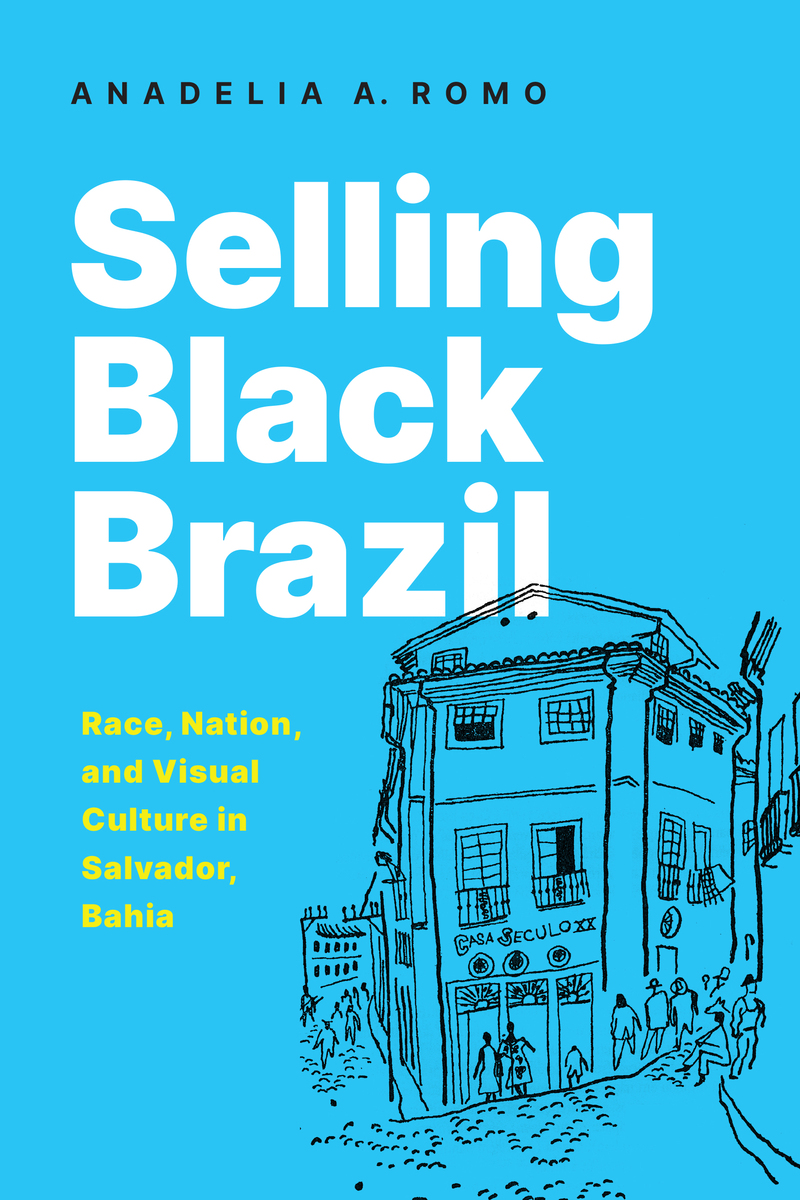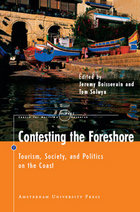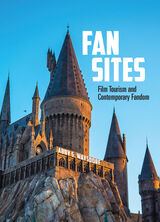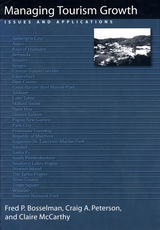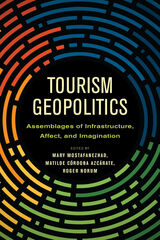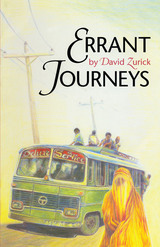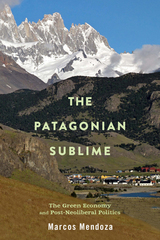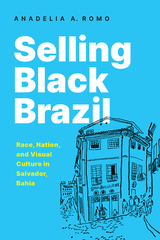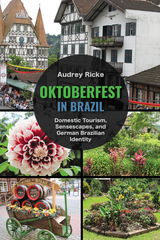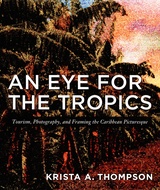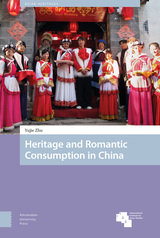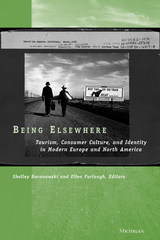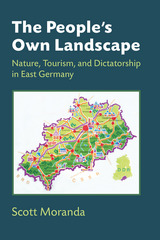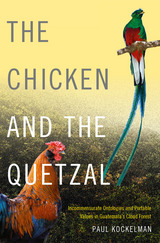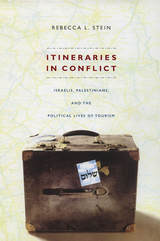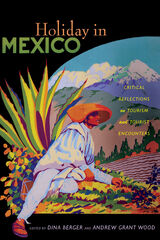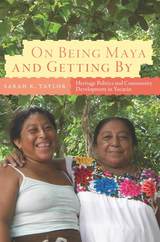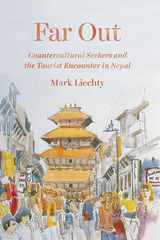This is a beautifully written, carefully researched, and eminently readable book. Ana Romo takes an innovative approach to understanding the intertwined subjects of race and regional identity in Brazil through a focus on travel and tourist guides to Bahia. These guides provide the basis for a rich social history and visual-culture analysis through their words and images, and Romo's recognition of their value as illuminating historical records while also reckoning with their often-negative cultural and discursive influence is one of the book’s many strengths.
— Tamara J. Walker
The photographer and ethnographer Pierre Verger, the visual artist Carybé, and the novelist Jorge Amado are three of the most fascinating and consequential figures in Bahian history. It is a treat to see deep analysis of the work of each of these figures in consolidating Bahia as a mecca for cultural tourism. Romo not only explicates their work, she reveals the deep connections between them, along with their influence in creating and defining mid-twentieth-century Bahia’s cultural scene. She reveals how a secondary city beset by economic decline reemerged as the Black Rome of Latin America—and the costs and benefits of that transformation. As Romo demonstrates, Bahia’s reinvention was both inclusive and essentialist. It relied on displays of Black Bahian cultural prowess, but at the same time, it largely marginalized most Black Bahians, excluding them from economic and political power.
Romo demonstrates that Carybé deliberately drew from Verger’s photographs in creating his own images and retraced Verger’s footsteps in the field. This makes the enduring teacher-student relationship between them manifest for the first time. Romo also explains how their influence became pervasive, tracing the many uses of Verger’s photographs and Carybé’s drawings, paintings, and sculptures in mid-twentieth-century Brazil and beyond.
— Bryan McCann
Students of visual culture everywhere will want to engage with the fascinating insights of Selling Black Brazil. Through a critical analysis of travel-guide illustrations, Anadelia A. Romo explores the role of modernist artists in constructing an image of Salvador da Bahia as the heart of “Black Brazil” and the incarnation of the nation’s purported racial democracy. But she also shows us how this embrace of Blackness relied on folkloric figures and “types” that obscured the inequalities that still define everyday life in Salvador.
— Barbara Weinstein
[Selling Black Brazil] is a fundamental critique of the utilization of Blackness in Bahia...The book exposes how tourism, the arts, and elite politicians think about Blackness, and by extension how limited this mode of thinking is. Romo shows how elites can move to capture cultural policies and instrumentalize them according to their interests.
— NACLA
Elegantly written, lavishly illustrated, and cogently argued...Selling Black Brazil challenges historians of twentieth-century Salvador, Brazil’s 'Black Rome,' to think more carefully about how that construction of the city came into being in the 1940s and 1950s and about the limits and exclusions deeply embedded in this portrayal of Blackness as central to Salvador’s culture.
— H-LatAm
With a compelling and clear prose, Romo’s study is a welcome addition to the literature about Afro-Brazilian art...Reevaluating the relationship of Black identity and Brazilian modernism, [Selling Black Brazil pushes] us to rethink how we teach and study nationalism, race, and art in Brazil.
— Latin American and Latinx Visual Culture
[Romo] calls attention to the extent to which the story of tourism's visual culture is not only a Brazilian story but an American one, and she makes occasional and evocative references to similar stories elsewhere, such as Peru and Mexico, where tourism imagery helped conflate each nation with its 'native' elements. In Selling Black Brazil, Romo has provided important touchstones for such comparative work. More important, she has deepened our knowledge of both the emergence of Brazilian tourism, which is still, surprisingly, very little studied, and the process of invention that transformed Salvador into Black Rome.
— Hispanic American Historical Review
